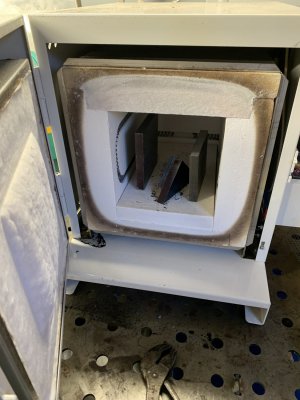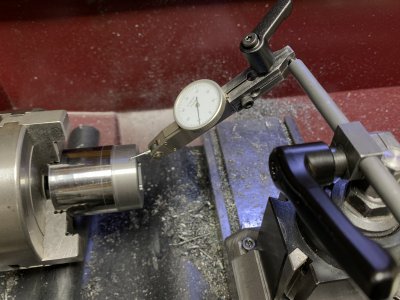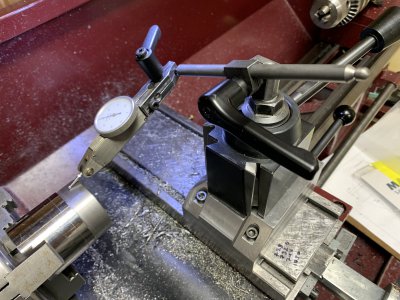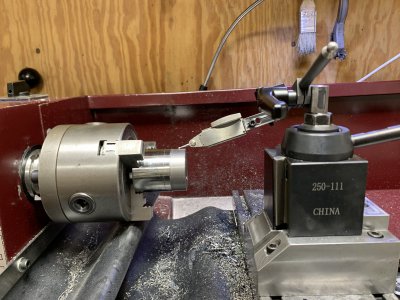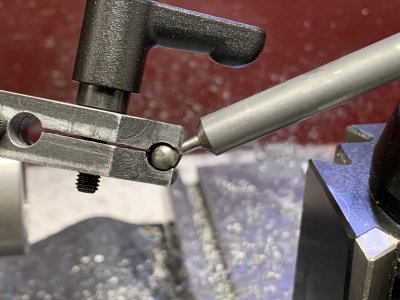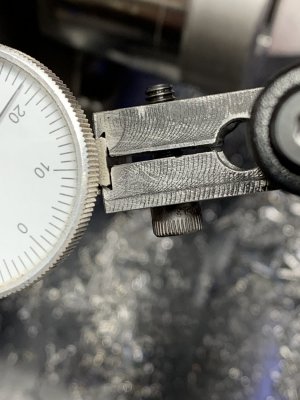- Joined
- May 3, 2020
- Messages
- 229
What is an idea material for the snugs and clamps of a test indicator stand?
I'm making a clamp that has a dovetail for a test indicator on one end and a socket-type joint on the other end. Drawing attached. Fairly small, 1/2" square and about 1-1/2" long. I was working on a "setup part" yesterday and didn't have very good results. I was using ye olde A108 from McMaster. It sprung a fair amount when I cut the slits. This made me wonder if I was using the right material.
I may heat treat the final item. At least case harden. Would I be better off with O-1 or A-2 than cold-roll? I like pre-hard 4140 but is it right for this application? What would you suggest?
I'm making a clamp that has a dovetail for a test indicator on one end and a socket-type joint on the other end. Drawing attached. Fairly small, 1/2" square and about 1-1/2" long. I was working on a "setup part" yesterday and didn't have very good results. I was using ye olde A108 from McMaster. It sprung a fair amount when I cut the slits. This made me wonder if I was using the right material.
I may heat treat the final item. At least case harden. Would I be better off with O-1 or A-2 than cold-roll? I like pre-hard 4140 but is it right for this application? What would you suggest?


